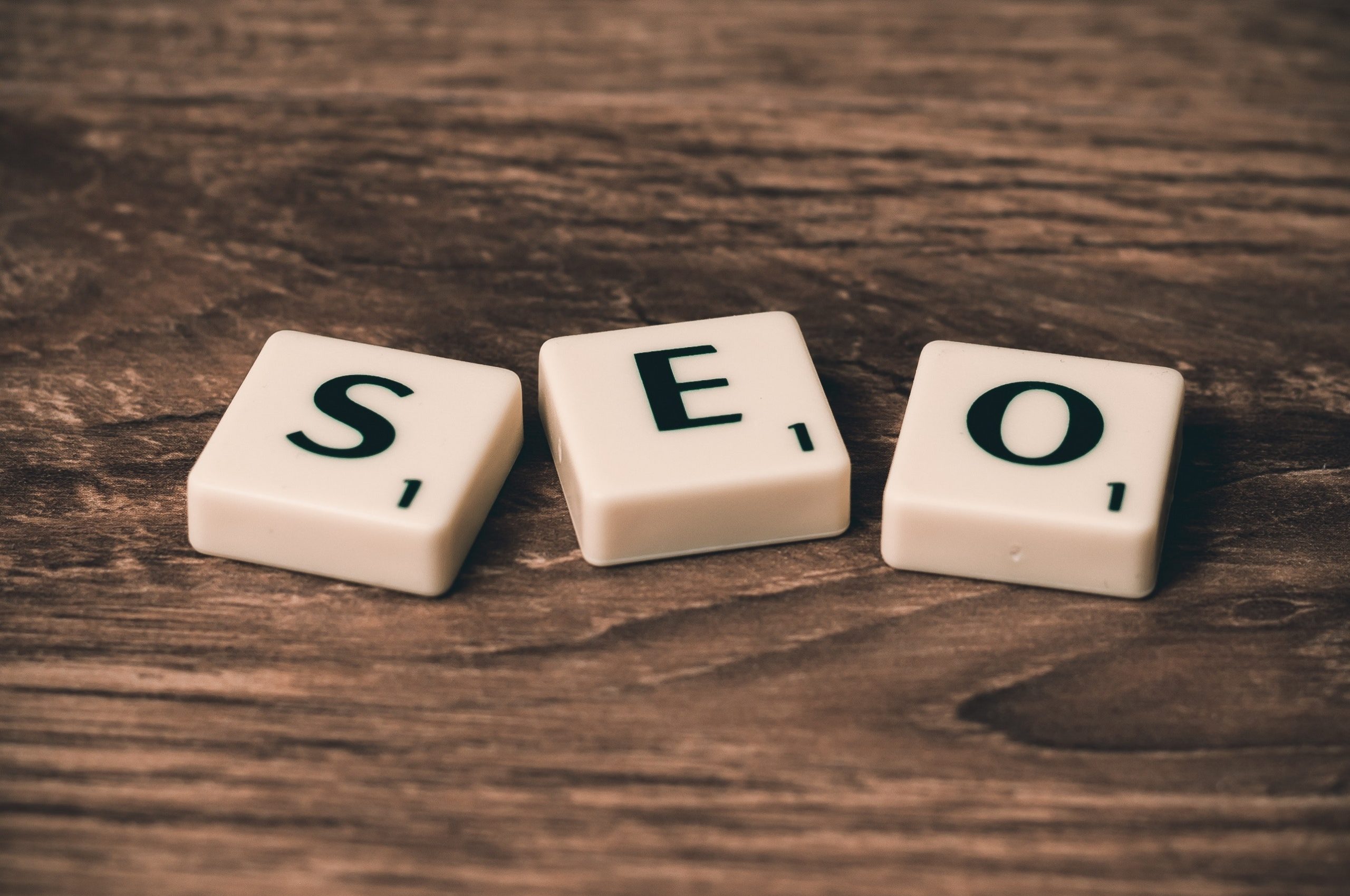Subscribe
Subscribe to EduBridge Blogs
SEO, or search engine optimization, is the process of increasing a website’s or web page’s visibility and ranking in search engine results pages (SERPs). In other words, website optimization is the practice of making a website more visible to searchers on search engines such as Google. The higher a website or web page ranks in SERP results, the more likely it is that users will see it and click on it.
SEO encompasses a wide range of techniques and strategies aimed at increasing a site’s visibility and ranking, such as on-page optimization (such as keyword research and title tags) and off-page optimization (such as link building and social media engagement).
What is Black Hat SEO?
Black Hat SEO is a term used to describe a set of practices that are used to increase a site’s ranking in search engine results pages (SERPs), in ways that are outside of the guidelines set forth by the search engines. Black Hat SEO tactics are designed to game the algorithm instead of providing a good user experience. Some common Black Hat SEO tactics include keyword stuffing, link manipulation, and creating articles or landing pages with little or no original content. While these tactics may result in a short-term increase in SERP ranking, they will eventually be caught and penalized by the search engines, which can cause a sharp drop in traffic. For this reason, it is generally advisable to Avoid Black Hat SEO tactics altogether.
What is White Hat SEO?

White Hat SEO is the process of optimizing a website for Google search to earn higher web traffic levels and improve the visibility of the site. Creating a quality, original content, and mobile-friendly services are two essential components of White Hat SEO. Likewise, developing a website architecture and design that is easy for users to navigate and understand also helps to improve visibility and earn higher traffic levels. In general, any strategies or techniques used to improve the visibility of a website in Google search without violating Google’s guidelines would be considered part of White Hat SEO. As such, White Hat SEO is an important part of any digital marketing plan.
Types of SEO
If you want to rank on Google for a specific keyword, you must use SEO. There are two approaches to this:
- on-page SEO
- off-page SEO
On-page SEO
All these elements are something that you can control as an end-user. That’s the great news about on-page SEO: You don’t need to be a website design expert or a programmer to make sure your site is optimized. You just need to understand what on-page SEO is and how to implement it.
On-page SEO is the process of optimizing website elements so that your site ranks higher on search engine results pages (SERPs). The goal of on-page SEO is to improve your visibility in SERPs so that you can get more traffic to your website. And, ultimately, more customers.
There are many different elements that you need to take into account when you’re doing on-page SEO.

Keyword Research
Finding the right keywords to target in your marketing campaigns can appear to be a daunting task, but it doesn’t have to be. When conducting keyword research, you should keep three things in mind: search volume, competition, and relevancy. The number of monthly searches for a specific keyword is referred to as search volume. The greater the search volume, the greater the potential traffic from that keyword. You must, however, consider the competition for that keyword. It will be more difficult to achieve a high ranking if many other businesses are attempting to rank for the same keyword. Finally, make sure the keywords you select are relevant to your business. Targeting keywords that are not related to your products or services will not help you attract new customers. By keeping these considerations in mind, you can select keywords that will help you reach your target audience and grow your business.
Title Tag
A title tag is an HTML element that specifies the title of a web page. Title tags are displayed in the browser tab and as the clickable headline for a search result. They are important for usability and SEO, as they give users an idea of what the page is about and allow search engines to better understand the content of the page. The ideal length for a title tag is 50-60 characters, as anything longer will be truncated in the search results. Along with the meta description, the title tag is one of the most important on-page SEO elements, so it’s important to make sure that it’s optimized for both users and search engines.
Meta Description
A meta description is a brief description of a webpage that appears in search engine results. It is typically used to generate click-throughs from users who are looking for relevant information. The best meta descriptions are concise, accurate, and relevant to the topic of the page. They should also be written in such a way that users are enticed to click on the link. While meta descriptions are not a ranking factor for search engines, they can still be an important part of search engine optimization (SEO). By crafting targeted and effective meta descriptions, webmasters can increase the click-through rate (CTR) of their listings, which can lead to higher rankings in SERPs over time.
URL Structure
Our website’s URL structure is important for both users and search engines. First and foremost, your URLs should be easy to read and understand. They should be short, but descriptive, and use keyword-rich phrases whenever possible. In addition, your URLs should be consistent across your entire website. Using the same URL structure for all of your pages will make it easier for users to navigate your site, and it will also make it easier for search engines to index your pages. Finally, your URLs should be static whenever possible. That means using HTML instead of dynamic parameters like session ID numbers. Static URLs are easier to read and remember, and they’re also more likely to be indexed by search engines. By following these simple guidelines, you can ensure that your website’s URL structure is both user-friendly and search engine friendly.
You can refer to Neil Patel’s On-Page SEO Cheat Sheet https://neilpatel.com/blog/the-on-page-seo-cheat-sheet/

Header Tags
Header tags are used to indicate the headings and subheadings of your content. They are numbered from H1 to H6, with H1 being the main heading of a page. The H2 tag is a subheading of H1, and so on. These tags help search engines read and understand your content better. By using header tags, you can ensure that your content is properly structured and that search engines can easily find the information they are looking for. In addition, header tags can also be used to improve the usability of your website. By using proper headings and subheadings, you can make it easier for users to navigate your site and find the information they need. When used correctly, header tags can be a powerful tool for improving your website’s visibility and usability.
Internal Link
The process of linking to other pages on your website is known as internal linking. This can be accomplished in a variety of ways, the most common of which is to include links to relevant content in the body of your blog posts and articles. When you add a link to another page on your website, you are effectively telling search engines that your website has more relevant content for the topic at hand. This can help your SEO by demonstrating that your site is a source of information on the subject. It can also help to improve the user experience on your site by making it easier for visitors to find the information they need.
Off-page SEO
Off-page SEO is the process of optimizing a website for Google search with tactics that occur outside of the website itself. This can include link building, social media engagement, and brand mentions. By improving off-page SEO, businesses can improve their search engine rankings and drive more traffic to their website.
One way to improve off-page SEO is through link building. This entails building high-quality links from other websites to your own. Google uses links to determine a website’s authority, so the more high-quality links you have, the higher your website will rank. Guest blogging, directory listings, and social media engagement are all methods for building links.
Another way to improve off-page SEO is through social media engagement. This means creating and sharing content on social media platforms like Twitter, Facebook, and LinkedIn. When you share content on social media, make sure to include links back to your website. This will help Google to index your content and improve your search engine ranking. Social media engagement can also lead to increased brand awareness and more traffic to your website.
While there is no guaranteed way to achieve a first-page ranking on SERPs, SEO can be an effective tool for improving visibility and driving traffic to a website.
You can refer to Neil Patel’s Off-Page SEO Sheet for extensive details https://neilpatel.com/blog/everything-you-need-to-know-about-off-page-seo/
Recent Blogs
Related Blogs
Accelerate Your Career with Expert Guidance and Guaranteed Job*!
"*" indicates required fields





